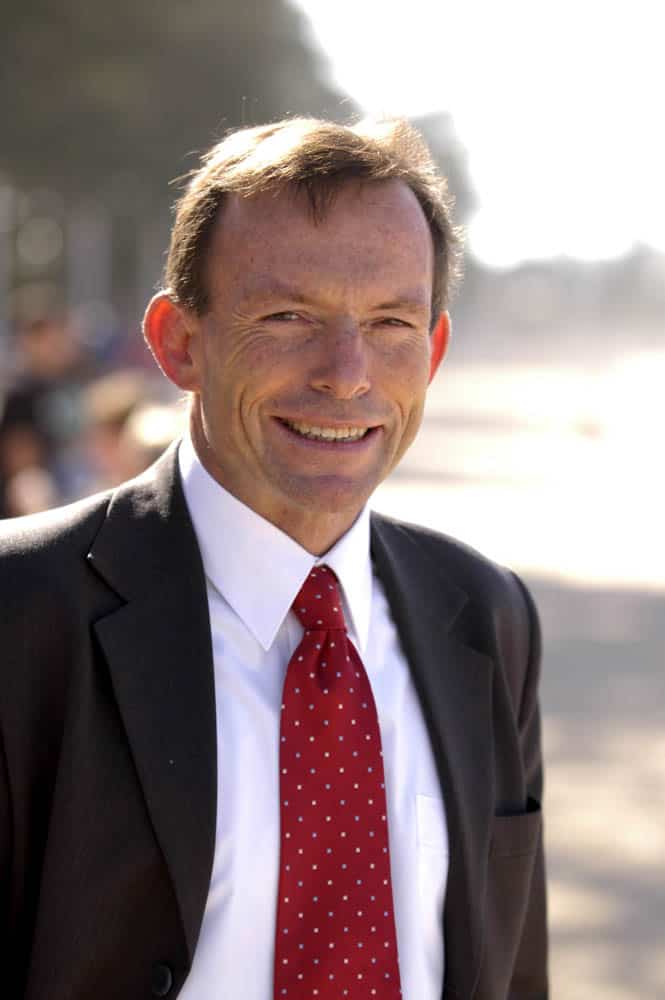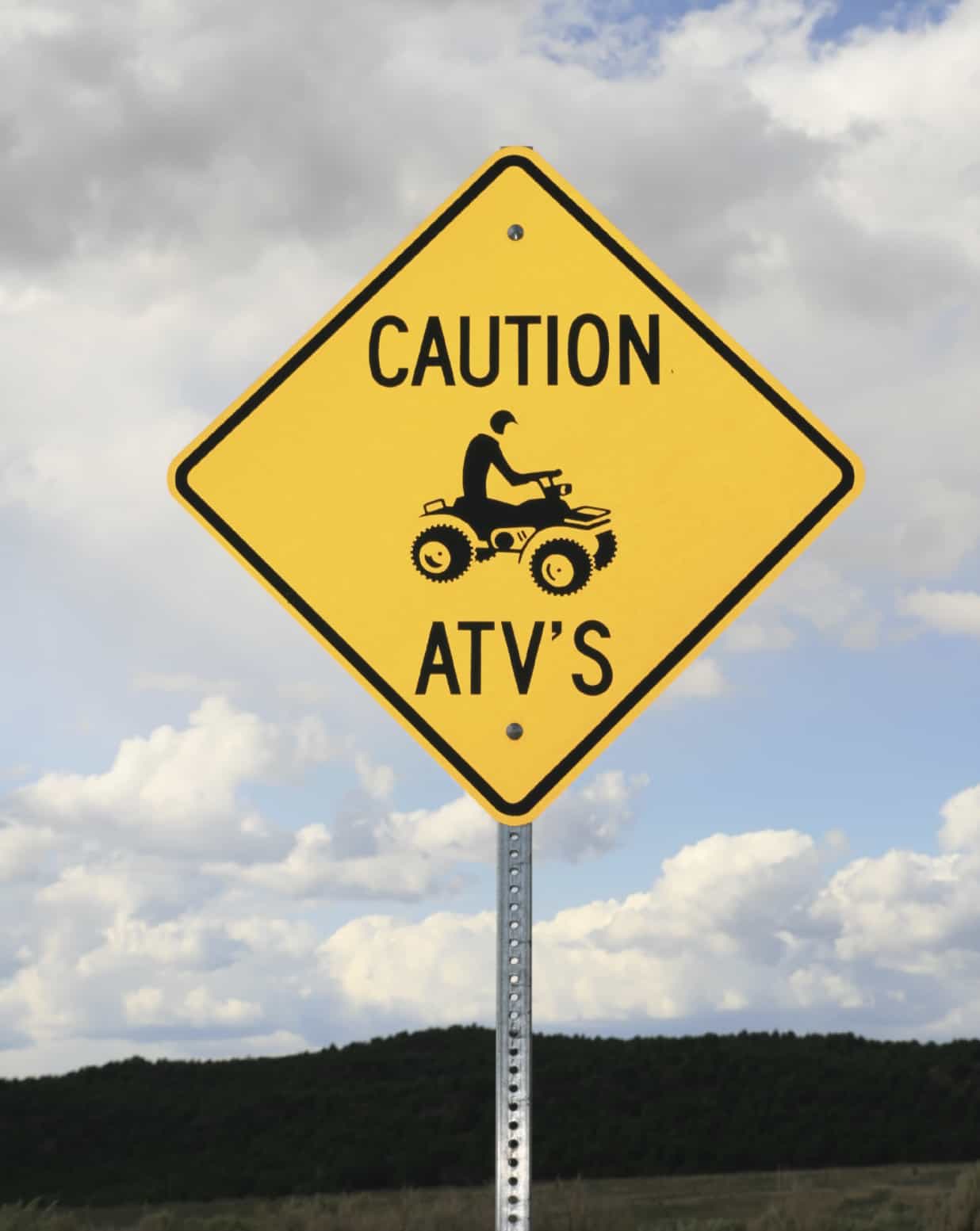Following on from a look at the workplace safety-related elements of the current policy document of the Australian Labor Party, it is the Liberal Party of Australia‘s turn.

The Liberals, currently lead by Tony Abbott, are the Australian equivalent of the Conservative Party in the United Kingdom and the Republicans in the United States and follow many of the free market principles that support capitalism. In terms of workplace safety, commitments are less obvious than those from the Left side of politics. Often workplace safety is wrapped in other concepts and there is an expectation that benefits to workers will somehow flow on from those benefits granted to employers and business, benefits frequently termed as part of productivity.
The Liberal’s policy document entitled: Our Plan, Real Solutions for All Australians lists the following productivity improvements: Continue reading “An OHS look at the Liberal Party’s policy document”


